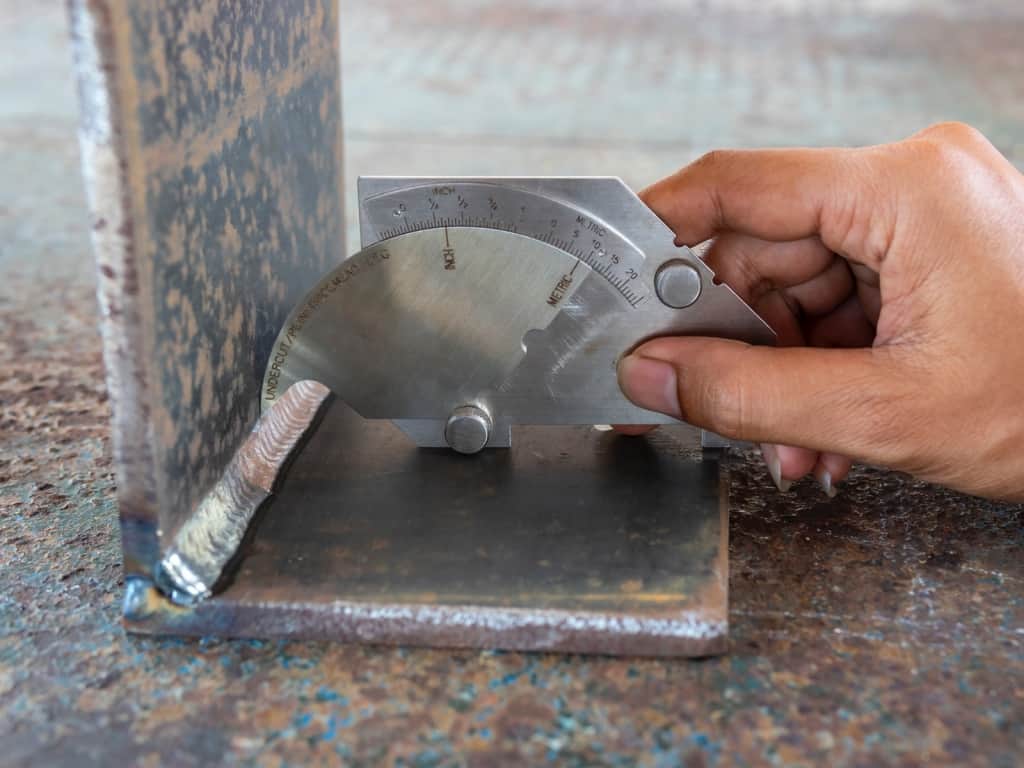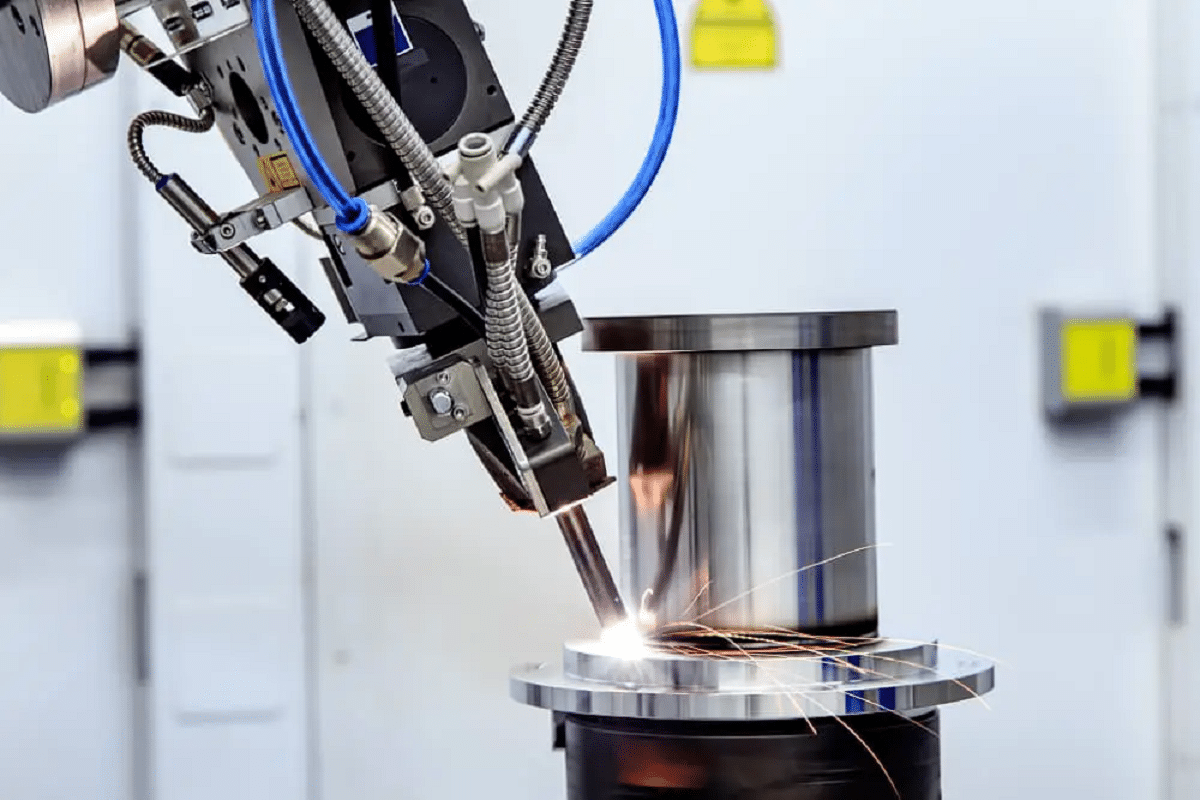Preventing Weld Undercut Demystified: Strategies for Success
Preventing Weld Undercut Demystified: Strategies for Success
Blog Article
Mastering the Art of Welding: How to Stay Clear Of Undercut Welding Issues for Flawless Fabrication Outcomes
By comprehending the root triggers of undercut welding and carrying out efficient techniques to prevent it, welders can boost their craft to brand-new degrees of excellence. In the pursuit of remarkable manufacture outcomes, understanding the art of welding to prevent undercut issues is not just a skill however a necessity for those striving for perfection in their work.
Understanding Undercut Welding

To stop undercut welding, welders must make sure proper welding specifications, such as adjusting the present, voltage, traveling speed, and preserving the proper electrode angle. In addition, making use of the suitable welding strategy for the particular joint arrangement is necessary. Using weaving motions or backstepping techniques can assist ensure appropriate weld steel deposition and decrease the probability of undercut development. Regular inspection of welds throughout and after the welding process is likewise vital to capture any kind of undercut very early and make required modifications to stop further flaws. Preventing weld undercut. By recognizing the root causes of undercut welding and executing precautionary actions, welders can achieve premium, structurally audio welds.
Reasons For Undercut in Welding
Comprehending the elements that contribute to undercut in welding is vital for welders to generate high-grade, structurally audio welds. When the weld metal does not correctly fill up the groove created in between the base steel and the previously deposited weld metal, damaging takes place. A number of aspects can result in damage in welding. One usual cause is extreme warm input. Welding at high temperatures for extensive periods can result in the base metal thawing greater than desired, leading to damage. Inadequate welding incorrect or existing welding speed can additionally add to undercut. Not enough current may not provide enough warmth to thaw the base and filler metals properly, while too much rate can stop proper combination, causing undercut. In addition, incorrect electrode angles or inaccurate lantern control strategies can produce locations of reduced weld metal deposition, advertising undercut. Understanding these reasons and implementing correct welding methods can help stop damaging issues, making certain resilient and solid welds.
Methods to avoid Undercutting

To minimize the threat of damaging in welding, welders can use critical welding methods aimed at boosting the top quality and stability of the weld joints. In addition, utilizing the right welding method for the particular joint configuration, such as weave or stringer beads, can contribute to reducing damaging.
Furthermore, correct joint prep work, including making certain tidy base materials free of impurities and making use of the proper additional reading welding consumables, is critical in protecting against undercut flaws. Utilizing back-step welding techniques you could check here and regulating the weld grain profile can additionally help disperse heat equally and lessen the threat of undercut. Normal assessment of the weld joint during and after welding, along with carrying out quality control actions, can help in spotting and addressing damaging problems promptly. By carrying out these techniques faithfully, welders can achieve remarkable construction results with minimal undercut flaws.
Relevance of Correct Welding Specifications
Choosing and preserving suitable welding specifications is essential for achieving successful welds with marginal issues. Welding specifications describe variables such as voltage, existing, take a trip rate, electrode angle, and shielding gas flow rate that directly affect the welding procedure. These criteria must be thoroughly readjusted based on the sort of material being welded, its thickness, and the welding method used.
Appropriate welding specifications make certain the correct amount of heat is applied to melt the base metals and filler product uniformly. If the parameters are established too expensive, it can lead to excessive heat input, causing spatter, distortion, or burn-through. On the various other hand, if the criteria are also reduced, insufficient combination, lack of penetration, or damaging might occur.
Quality Control in Welding Workflow

Final Thought
In final thought, get redirected here mastering the art of welding requires a thorough understanding of undercut welding, its causes, and strategies to avoid it. By guaranteeing proper welding criteria and carrying out quality control methods, flawless manufacture outcomes can be achieved. It is crucial for welders to constantly pursue quality in their welding operations to stay clear of undercut problems and generate top notch welds.
Undercut welding, a common issue in welding processes, takes place when the weld metal does not correctly load the groove and leaves a groove or anxiety along the bonded joint.To stop undercut welding, welders need to make sure proper welding specifications, such as changing the current, voltage, travel rate, and maintaining the right electrode angle. Poor welding inaccurate or current welding speed can additionally contribute to undercut.To minimize the risk of damaging in welding, welders can use tactical welding strategies aimed at enhancing the top quality and integrity of the weld joints.In conclusion, understanding the art of welding requires a detailed understanding of undercut welding, its causes, and methods to stop it.
Report this page